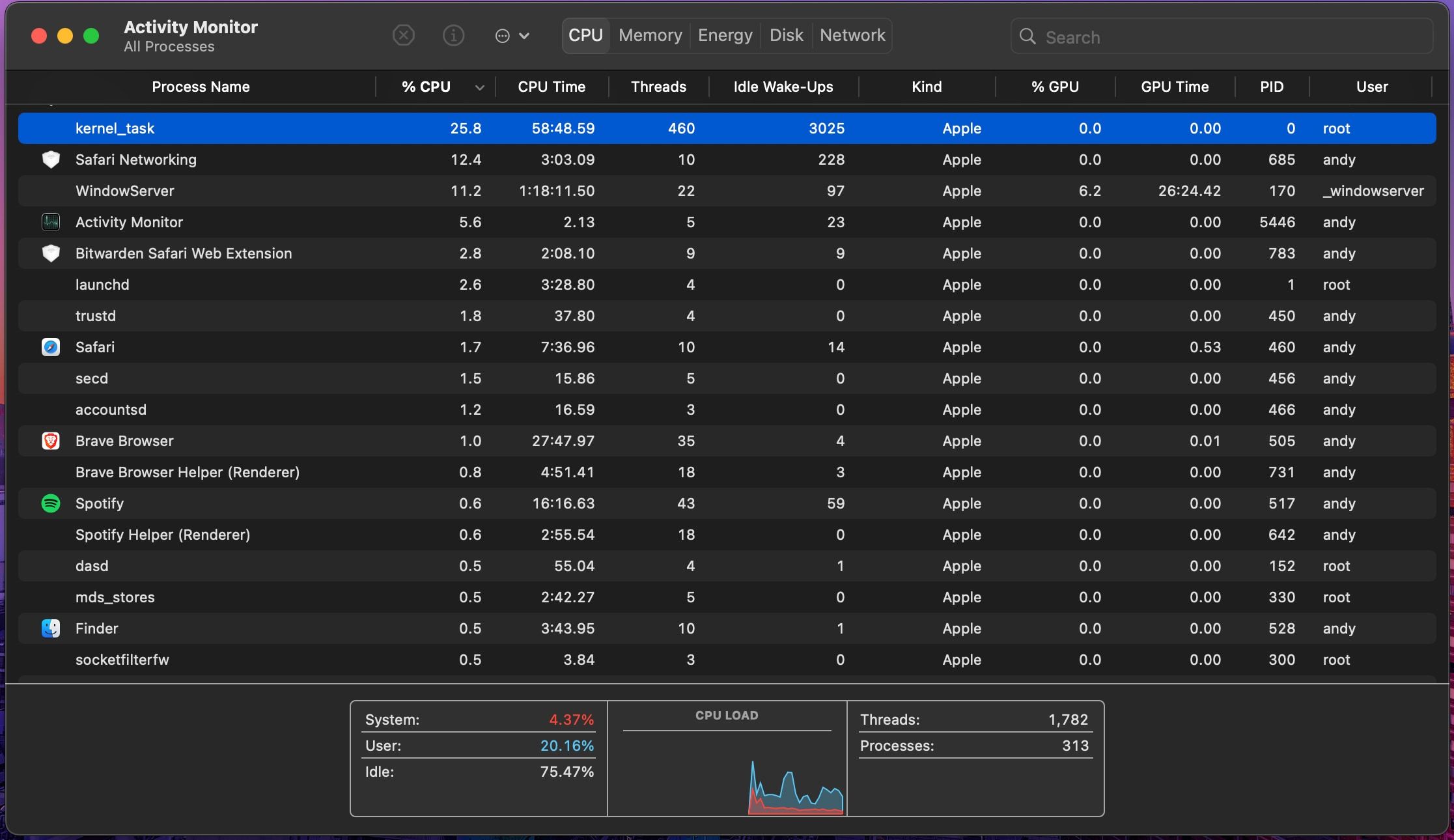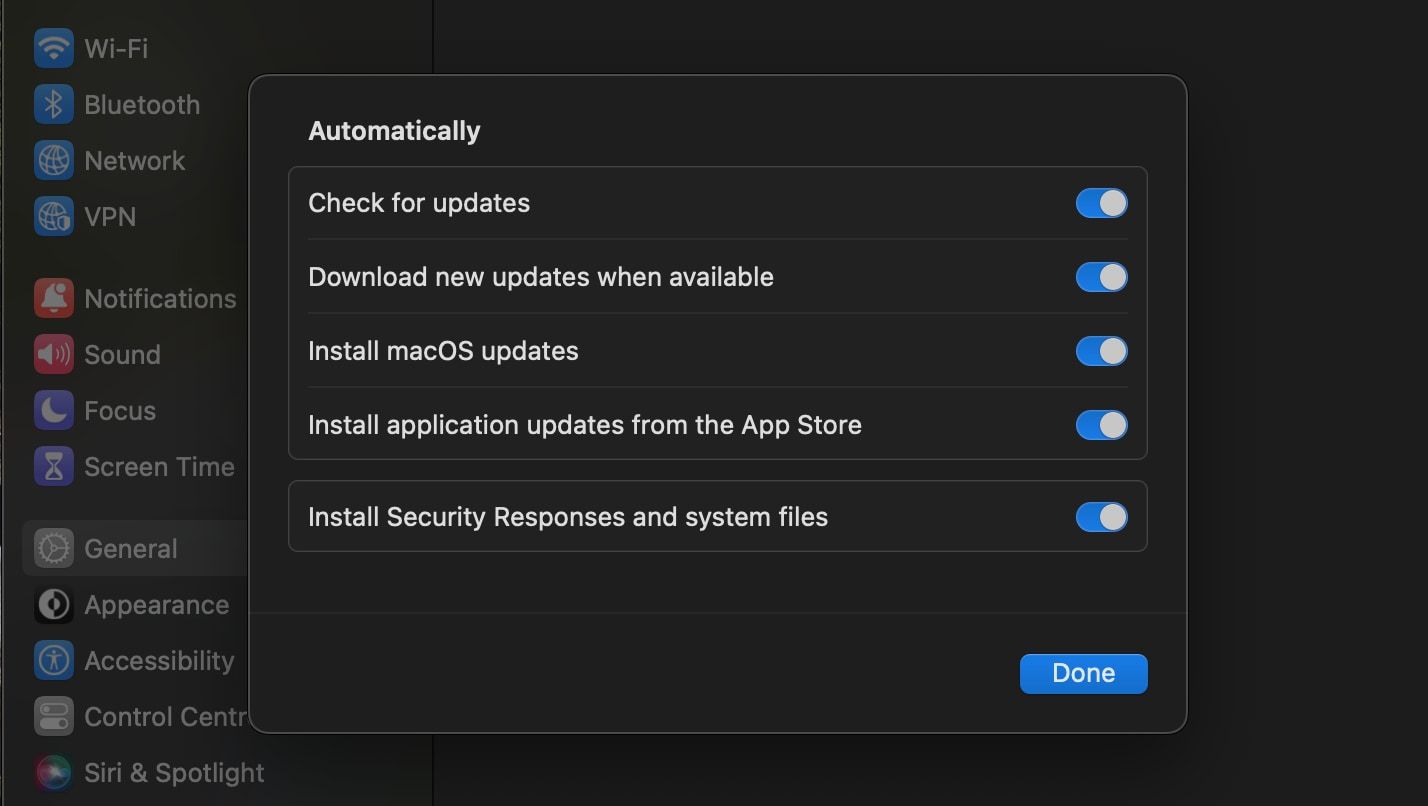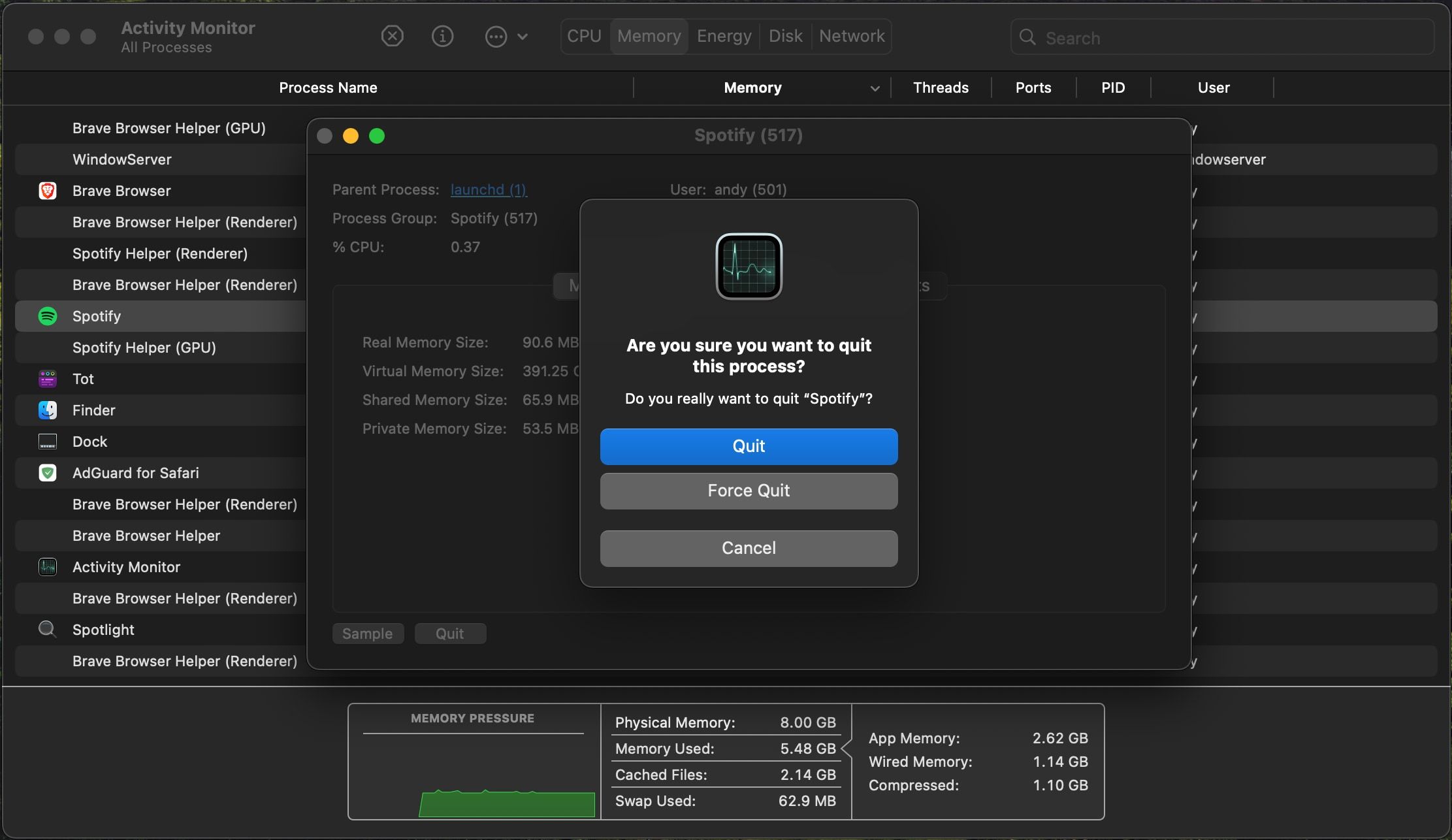It's never fun when your Mac starts running slowly, but it's even worse when you can't figure out why it's so slow. If you've shut down all the programs you can, and everything on your MacBook still feels like it's moving through molasses, this could be a sign of the dreaded "kernel_task" causing high CPU usage.
On your Mac, kernel_task is the name given to a variety of low-level functions that allow the rest of your computer to work. This means that figuring out the culprit can be tough. We've seen this a lot, so we've got a handful of tips to help you get rid of this problem.
Why Is kernel_task Causing Your Slow Mac?
You can use Activity Monitor in macOS to check that kernel_task is the cause of your slow Mac. Open the app, go to the CPU tab, and click the % CPU column header to organize running processes by processor usage. You should see kernel_task at the top of the list with a number near 100. In really bad cases, it can even go over 100%.
While you can kill most processes in Activity Monitor by selecting them and clicking on the X in the top-left corner of the screen, you can't kill kernel_task because it isn't an app—it's actually a part of macOS.
The kernel_task on Mac is not so much a single process, but a series of processes under one label. While you're working, macOS does all sorts of tasks in the background. These include sending and receiving data over the network, writing and reading data to the disk, and indexing new folders or disks for Spotlight search.
This process will often use a lot of your available RAM on the Memory tab, but that's much less of a worry. The amount of RAM in use will rise and fall as required. High CPU usage, however, can bring your whole system to a grinding halt, and even result in the occasional complete system crash.
5 Fixes for Your Mac's "kernel_task" High CPU Usage Bug
So, how do you stop the kernel_task from negatively affecting your Mac's performance?
In many cases, a simple restart of your Mac will clear up the problem right away. It's a short-term fix that should provide immediate results. If you only experience the issue rarely, it's likely to be enough.
This isn't a permanent, long-term remedy if you've been having the issue for a while, though. So, restart to get your Mac running at top speed again, then work through some of these other solutions.
1. Update Your Mac
Perhaps the most obvious fix for all OS-related issues is to make sure you keep your Mac up to date. Each update brings countless bug fixes and performance improvements, and may well solve whatever is causing your problem. Simply launch System Settings, go to General > Software Update, and run any outstanding Apple software updates.
This can go both ways, of course. Upgrading to a new version of macOS can also introduce bugs, especially on older models of hardware that are starting to push the limits. Regular security updates and the like shouldn't bring any problems, but for the annual OS update, it's worth checking reviews and user reports before you install.
2. Stop Idle Processes
Another simple hack is to get rid of all the idle processes that are eating up your resources. One of the functions of kernel_task is to manage the CPU temperature, and it may ramp up when the processor gets too hot as a way of limiting the other apps.
Shutting down any apps you've got open but don't need might help. In addition, open the Activity Monitor, head to the Memory tab, select any process you'd like to get rid of, and then click on Quit. You'll then get asked to confirm if you want to stop the process. Proceed by clicking on Quit again.
Try and spot if the problem re-occurs when you're using any specific apps. Flash was always notorious for this, while some users have found that Zoom can cause high kernel_task CPU usage, as can using external monitors. Identifying the trigger will always help you to solve the problem.
3. Reset the SMC
Whatever is causing the essential spike in CPU usage may return. So, if you've been having repeat incidents—and you're using an Intel-based Mac—you might want to try resetting your system management controller (SMC). This is easy to do and can fix a wide variety of macOS issues.
Instructions for resetting the SMC vary slightly depending on what model of Mac you have. Because it can fix so many issues, we have a full guide detailing how to reset your Mac's SMC.
You don't need to do this if you have a Mac that uses Apple Silicon because it doesn't have an SMC.
4. Reset the NVRAM
Along with resetting the SMC, you can reset the NVRAM too. This is a small amount of memory that retains information relating to settings and the configuration of your computer even when it's powered off. Sometimes it can go wrong and cause some unexpected problems.
Again, the steps for doing this differ between models, so check the guide linked above if you're using an Intel-based Mac. Modern Macs with Apple Silicon do have NVRAM, but it gets reset automatically every time you restart your computer, so do that instead.
5. Check Your Kernel Extensions in Safe Mode
Some people have had success in removing kernel extensions, which are modules of code able to perform low-level tasks. Also known as "kexts," the vast majority of these extensions are installed by Apple as part of the core macOS environment. Some software will install third-party extensions as drivers, or for controlling hardware.
One quick way to check if a third-party kext is causing your kernel_task issues is to reboot your Mac into Safe Mode. To do this, restart your machine and hold the Shift key as it boots. Safe Mode loads only the required kernel extensions, so if the problem doesn't occur in this environment, it points to an issue with a third-party kext.
To dive into this, reboot your system as normal and launch Terminal. Then, run the following command:
kextstat
This will show what kernel extensions are currently loaded. All Apple extensions will look like this:
com.apple.[etc]
Meanwhile, third-party drivers will have the developer name in them, like this:
com.paragon-software.filesystems
And also like this one:
ch.tripmode.TripModeNKE
The best way to remove these is to uninstall the associated software. For some apps, that simply means moving the application file to the Trash, then inputting your admin password to allow the change.
Others may include a PKG uninstaller file you need to run. For the rest, head to System Preferences and look for any third-party preference panes.
Starting with OS X El Capitan, Apple introduced a new security feature that broke a number of third-party modifications. System Integrity Protection, or SIP for short, stops apps from injecting code into Apple's own apps, as well as writing to certain parts of the drive that Apple deems important to system security.
This results in better system stability, so you should see this issue less often in modern versions of macOS.
Fixing the Mac kernel_task Bug Problem
A lot of the time, you can fix high CPU usage by kernel_task with a simple reboot. But if it happens repeatedly, then it may be a bug that needs exploring. Fortunately, it can be easy to identify the problem by keeping an eye out for rogue apps and performing a few basic housekeeping tasks. That should help get your Mac running at full speed once more.





